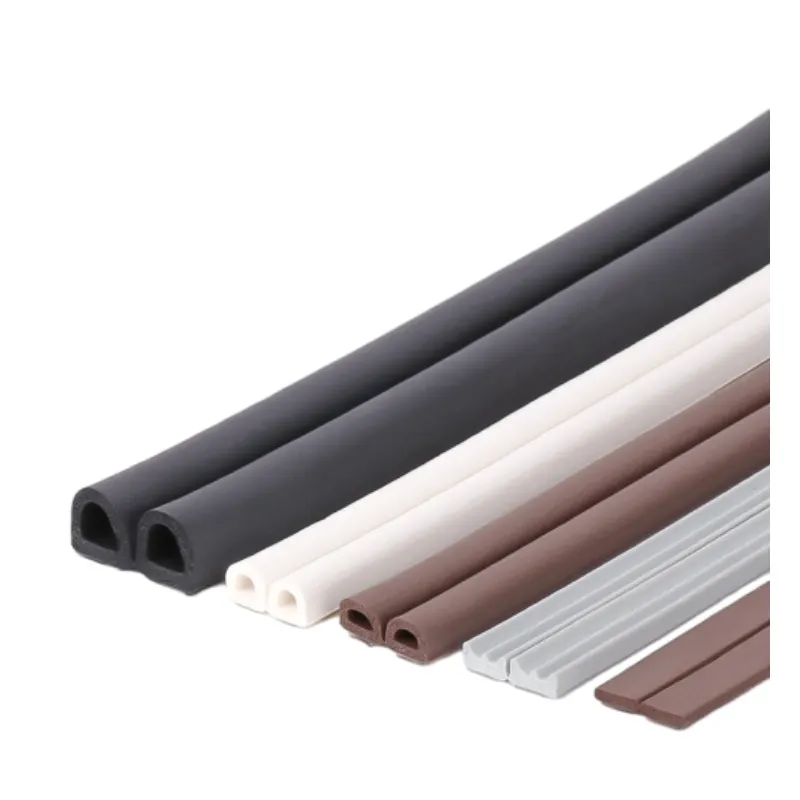replacement seal for oven door
Understanding Replacement Seals for Oven Doors
When it comes to maintaining the efficiency and functionality of your oven, one often overlooked component is the oven door seal. The oven door seal, or gasket, plays a critical role in retaining heat within the oven, ensuring optimal cooking performance and energy efficiency. Over time, these seals can wear out, become damaged, or even lose their elasticity, leading to heat loss and inconsistent cooking temperatures. If you've noticed issues such as longer cooking times or fluctuations in temperature, it may be time to consider a replacement seal for your oven door.
Why You Need a Replacement Seal
1. Heat Retention The primary purpose of an oven door seal is to create a tight seal that keeps heat inside the oven. When the seal is damaged, hot air can escape, which makes the oven work harder to reach the desired temperature. This not only affects cooking efficiency but can also lead to higher energy bills.
2. Cooking Consistency An effective seal ensures that cooking temperatures remain stable. If heat is escaping, food may cook unevenly or take longer than intended. This inconsistency can be particularly detrimental when baking, where precise temperatures and times are critical.
3. Preventing Damage A broken or worn-out seal can also lead to overheating of other components in the oven, potentially causing damage over time. By replacing the seal, you help protect the overall integrity of your appliance, prolonging its lifespan.
Identifying Signs of Damage
Recognizing when your oven door seal needs replacement is crucial. Here are some common signs to look out for
- Visible Cracks or Gaps Inspect the gasket for any cracks, gaps, or fraying. If you can see visible damage, it's time to replace it. - Heat Loss If you place your hand near the oven door while it is operating and feel a significant amount of heat escaping, the seal may need replacement.
- Condensation Excessive moisture or condensation on the oven's exterior can signal that heat is escaping, often indicating a faulty seal.
- Inconsistent Cooking If you notice that your food is cooking unevenly or taking longer than usual, a damaged seal could be the culprit.
Choosing the Right Replacement Seal
replacement seal for oven door

When it comes to purchasing a replacement seal for your oven door, consider the following factors
1. Compatibility Ensure that the replacement seal is compatible with your specific oven model. Many manufacturers provide guides and specifications, making it easier to find the right fit.
2. Material Oven door seals are typically made from materials like silicone, rubber, or fibreglass. Each material has its durability and temperature resistance, so choose one that suits your cooking habits.
3. Ease of Installation Some seals require professional installation, while others can be easily replaced by the homeowner. If you’re handy, look for seals that include installation instructions to facilitate a DIY replacement.
Installation Tips
If you decide to replace the oven door seal yourself, here are some straightforward steps
1. Remove the Old Seal Carefully pull away the damaged seal, taking care not to damage the door frame. 2. Clean the Area Ensure that the surface where the new seal will attach is clean and free from debris.
3. Install the New Seal Align the new seal with the door, pressing it into place. Make sure it fits snugly to create the tight seal necessary for effective operation.
4. Test the Oven Once installed, preheat the oven and check for any signs of heat escaping.
Conclusion
A functioning oven door seal is critical for efficient cooking and energy conservation. Regularly inspecting it for wear and tear can save you time, money, and frustration in the long run. When it's time for a replacement, ensure you select the right seal for your oven model and consider replacing it yourself to keep your kitchen running smoothly. By doing so, you’ll ensure that your oven operates at its best, delivering perfectly cooked meals every time.
-
Under Door Draught Stopper: Essential ProtectionNewsJul.31,2025
-
Garage Door Seal and Weatherstrips for ProtectionNewsJul.31,2025
-
Edge Banding Tape for Perfect EdgesNewsJul.31,2025
-
Table Corner Guards and Wall Corner ProtectorsNewsJul.31,2025
-
Stair Nose Edging Trim and Tile Stair SolutionsNewsJul.31,2025
-
Truck Bed Rubber Mats for Pickup BedsNewsJul.31,2025
-
Window Weather Stripping for Noise ReductionNewsJul.29,2025